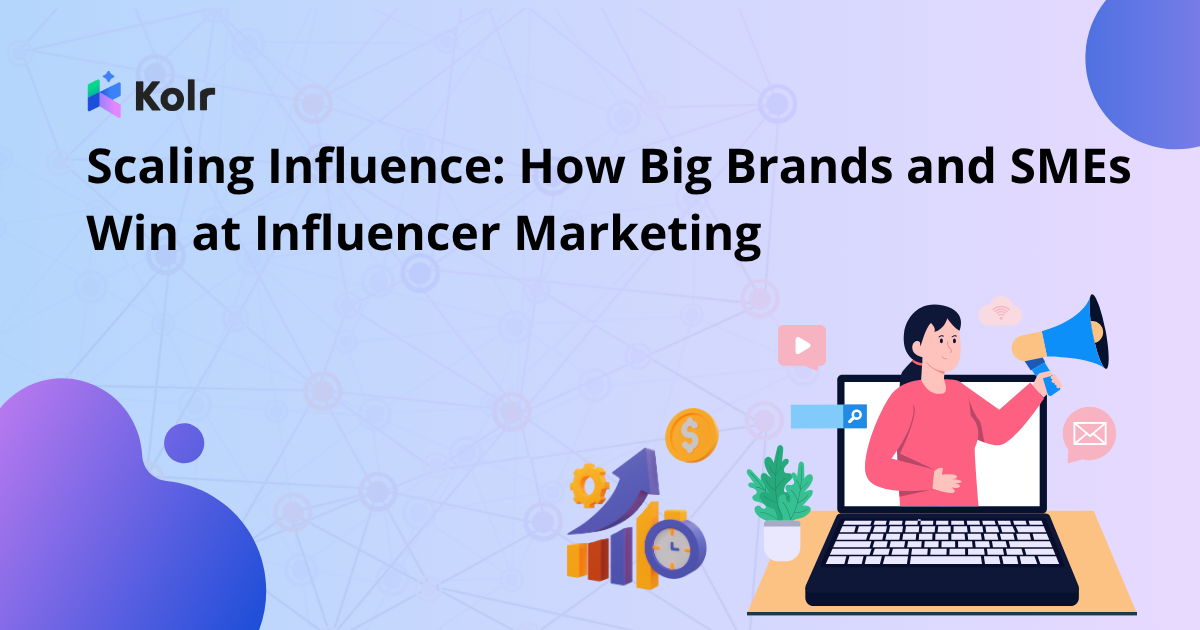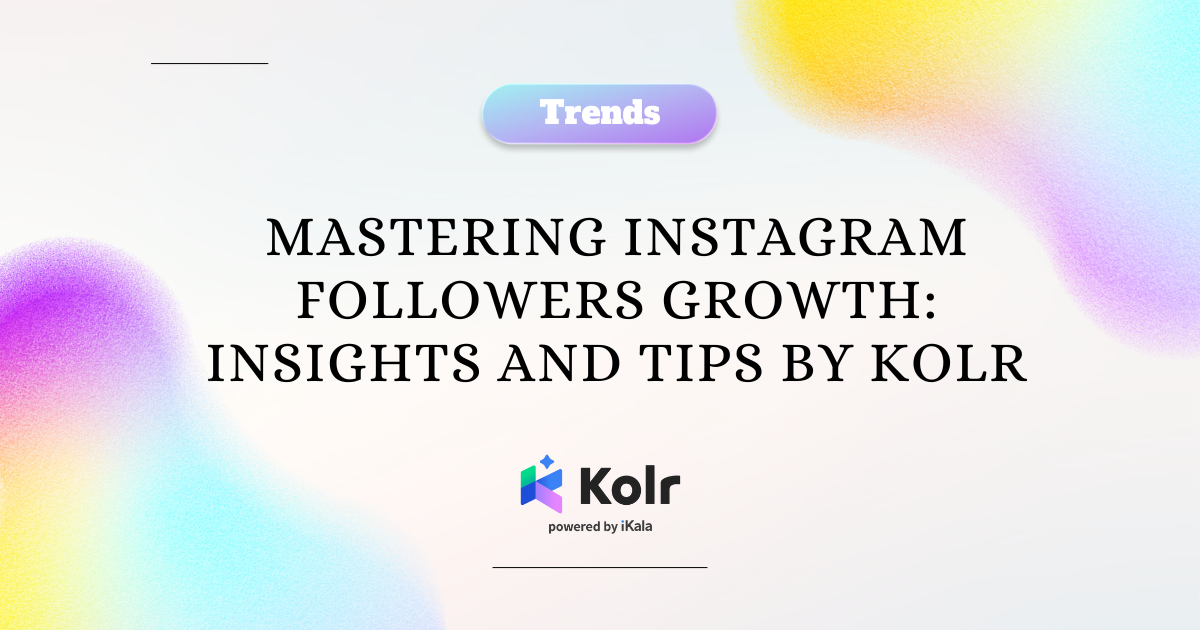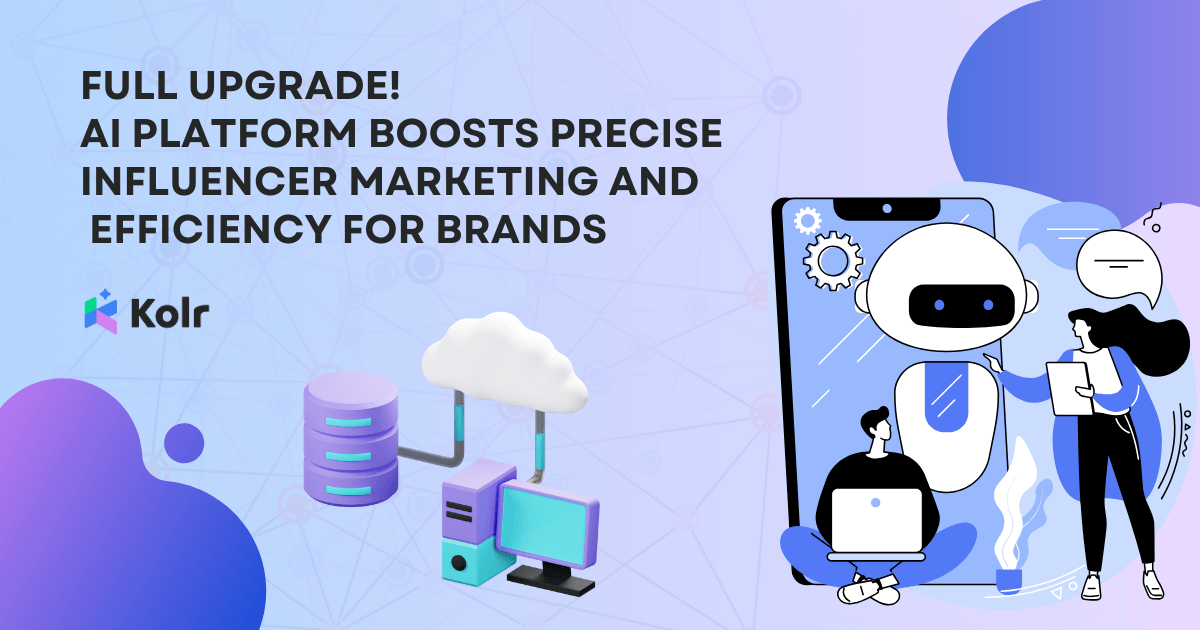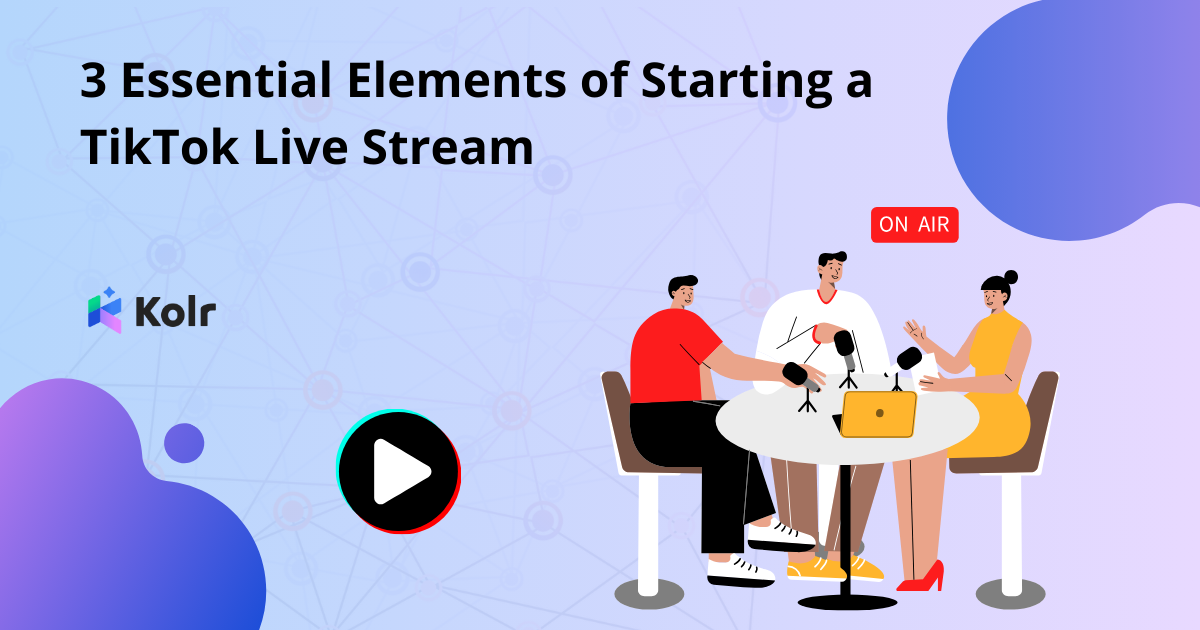Influencer marketing has evolved into a cornerstone of modern advertising. As the holiday season approaches, it takes on an even greater significance, with brands vying for consumer attention in a crowded market. Forecasts show that the global influencer marketing market size reached $24 billion this year, which speaks to the immense popularity of this tactic. Coupled with short-form videos, this strategy covers the two top marketing trends in 2024 as shown in the graph below.

From Black Friday to Christmas and New Year campaigns, influencer marketing becomes a key driver of storytelling that resonates with audiences. Whether it’s a mega influencer sharing the latest must-have gift or a nano influencer spotlighting local treasures, this strategy connects brands to their audience in personal and impactful ways.
While big brands and small-to-medium enterprises (SMEs) both harness the power of influencer marketing, their approaches differ vastly due to variations in budget, resources, and campaign goals. This article dives into how big brands and SMEs can craft impactful influencer campaigns tailored to their strengths.
1. How Big Brands Leverage Mega Influencers for Mass Outreach
Big brands, equipped with significant budgets, often turn to celebrities who are mega influencers—individuals with millions of followers—to amplify their reach. These partnerships are ideal for campaigns aimed at driving brand awareness on a global scale.
Key Benefits of Mega Influencers for Big Brands
- Exceptional Reach: Mega influencers like Chiara Ferragni (Italian fashion icon with 28.6M followers on Instagram (Dec 2024)) or Khaby Lame (Comedian from Senegal with 81.2M followers on Instagram (Dec 2024)) can instantly catapult a brand into the global spotlight.

Source: Instagram
- Brand Prestige: Associating your brand with high-profile celebrities like Priyanka Chopra (An actress of Indian origin, 92.5M followers on Instagram (Dec 2024)) or David Beckham (renowned British soccer player with 88.3M followers on Instagram as of (Dec 2024)) can enhance a brand’s credibility and elevate its image in the eyes of consumers.
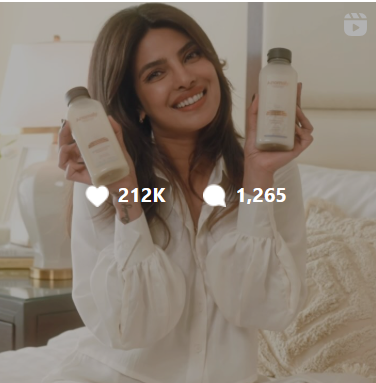
Source: Instagram
- Cross-Platform Integration: Mega influencers like Lilly Singh (Canadian entertainer; 14.5M on Instagram and 14.3M subscribers on YouTube as of Dec 2024) or Liza Koshy (US comedian; 21.7M followers on Instagram and 16.8M subscribers on YouTube as of Dec 2024) often have a presence across various platforms (Instagram, YouTube, TikTok) ensuring maximum visibility across diverse demographics.

Source: YouTube
However, this approach comes with its own set of challenges:
- High Costs: Collaborations with mega influencers (1M+ followers) can cost upwards of $10,00 per post in 2025, according to Influencer Marketing Hub. This can be a significant investment for many businesses.
- Audience Disconnect: Mega influencers often have very broad audiences, making it difficult to target niche markets effectively. For instance, while a collaboration with a young actress might seem ideal, their audience might primarily consist of teenagers, whereas your brand may be targeting women in their 30s.
Case Study: Louis Vuitton’s Partnership with BTS (2021)
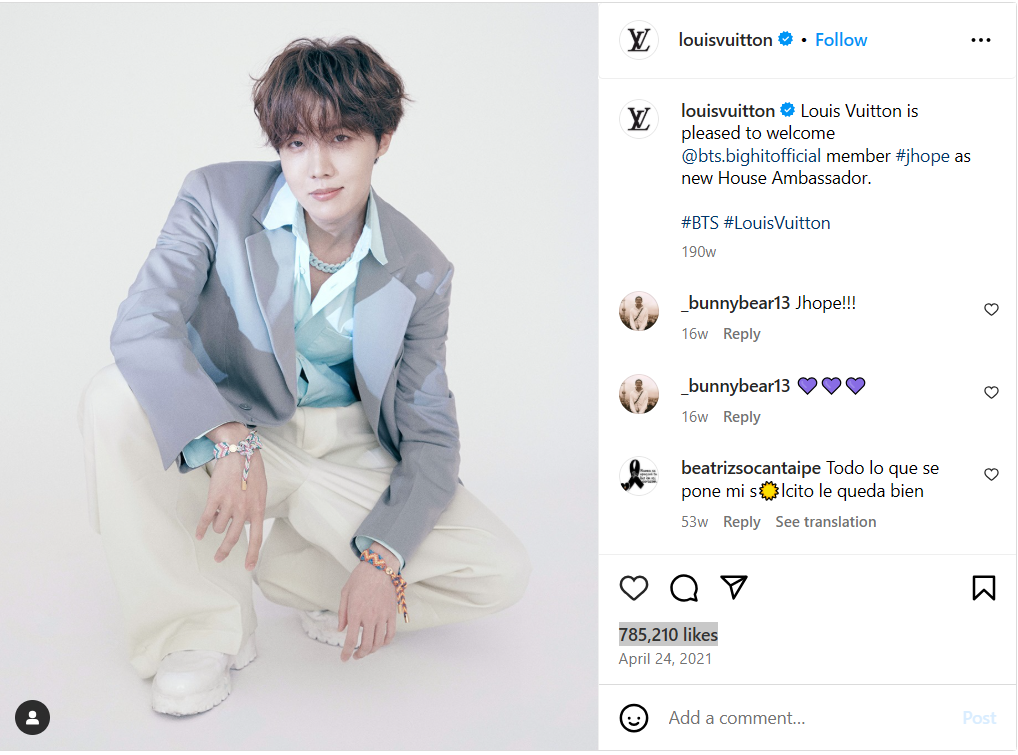
Overview
Louis Vuitton, the renowned luxury fashion brand, partnered with the global K-pop phenomenon BTS in 2021 to expand its influence among younger, digitally-savvy audiences. BTS, with a combined following of over 75 million on Instagram (as of 2024), served as global brand ambassadors, participating in campaigns and showcasing Louis Vuitton’s collections across multiple digital platforms.
Campaign Performance
- Social Media Engagement: Posts featuring BTS have become some of Louis Vuitton’s top-performing content. For instance, an Instagram post announcing J-Hope from BTS as an ambassador garnered over 785,210 likes.
- Fashion Show Viewership: The Louis Vuitton Men’s Fall-Winter 2021 Show in Seoul, featuring BTS, attracted nearly 37 million viewers and generated 1.3 million Twitter engagements, setting a new record for the brand.
Why It Worked
By aligning with a mega influencer group like BTS, Louis Vuitton successfully tapped into their global fandom and reinforced their relevance among Gen Z and Millennial consumers. The campaign not only boosted brand visibility but also helped establish Louis Vuitton as a culturally attuned luxury brand.
2. Micro and Nano Influencers: The Sweet Spot for SMEs
For SMEs, micro-influencers (10,000 to 50,000 followers) and nano-influencers (fewer than 10,000 followers) are more feasible and effective options. Their smaller, highly engaged audiences often lead to higher ROI for niche campaigns.
Advantages of Micro and Nano Influencers for SMEs
- Cost-Effectiveness: Collaborations with these influencers typically cost a fraction of mega influencer campaigns.
- Authenticity: These influencers maintain a personal connection with their audience, fostering trust.
- Targeted Reach: Their hyper-local or niche-specific audiences allow SMEs to focus on regions or particular demographics.
- Higher Engagement Rates: A study by Aspire.io found that nano-influencers have an average engagement rate of 3.69%–twice the engagement that macro-influencers have. This trend is particularly apparent on Instagram, where nano-influencers commanded engagement rates between 1.70% and 4.84%. Meanwhile, those with 100,000 to 1 million followers only garnered an average engagement rate of 1.06%

However, bear in mind that this approach also comes with its own set of challenges:
- Limited Reach: Micro and nano influencers have smaller audiences, requiring more collaborations for widespread impact.
- Time-Intensive Coordination: Coordinating multiple influencers to achieve the desired results can demand more time and effort, from negotiations to content approvals and tracking individual performance metrics.
Coordination and communication challenges can be easily overcome by using Kolr’s influencer relationship management (IRM) tool. Influencer details and collaboration information are compiled on a dashboard, with handy features for contacting and reaching out to influencers efficiently.
Case Study: Glossier’s Community-Centric Approach with Micro-Influencers (2024)
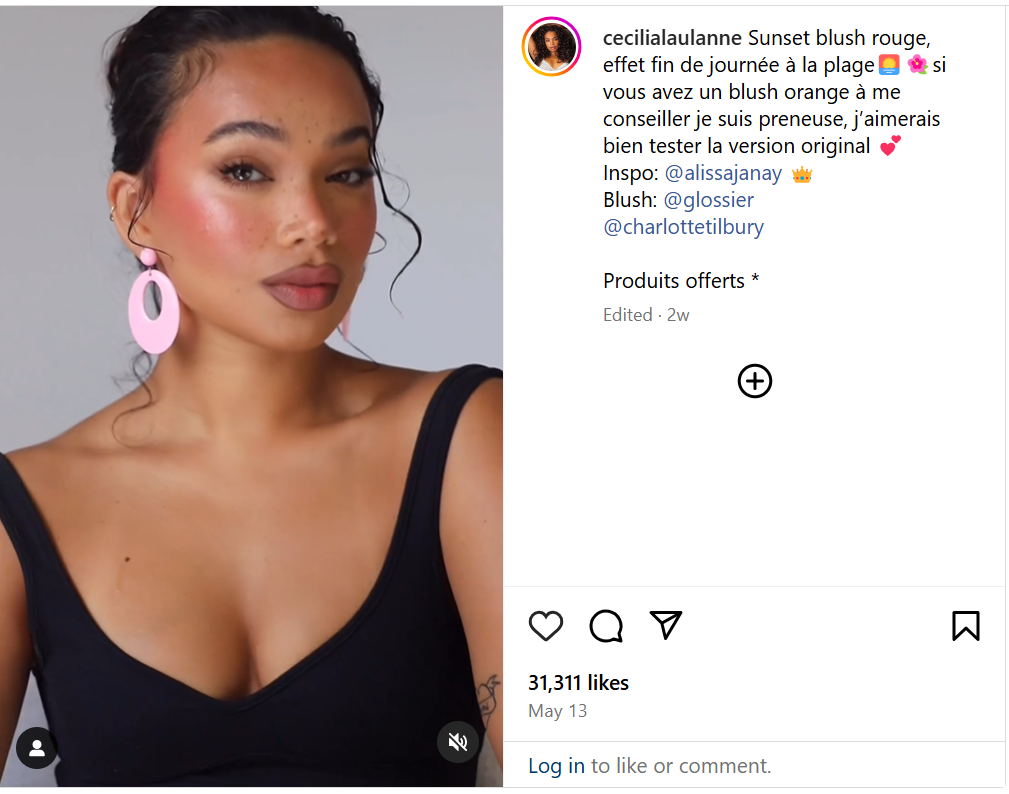
Overview
Glossier, the beauty brand renowned for its minimalistic aesthetic, leveraged micro and nano influencers to build a devoted community and boost brand loyalty. Instead of partnering with celebrity influencers, Glossier focused on everyday users, beauty enthusiasts, and niche content creators to amplify its reach authentically.
Campaign Performance
- Organic Growth: According to Extole, a significant 70% of Glossier’s online sales and traffic are attributed to peer-to-peer referrals, with 8% directly linked to its Instagram ambassador initiatives.
- Social Media Dominance: Glossier has a following of 3.1 million on Instagram and an average of 100K to 400K views on reels posted to their Instagram.
- Increased Brand Mentions: The hashtag #glossier has amassed over 785K posts on Instagram as of 2024, most of which are from micro-influencers sharing genuine reviews.
Why It Worked
- Cost-Effective Strategy: Glossier minimized costs by sending PR kits and free products in exchange for honest reviews rather than paying hefty fees.
- Authenticity: Audiences resonated with real-life testimonials from relatable influencers, fostering trust and credibility.
- Niche Targeting: By collaborating with influencers in the beauty and skincare space, Glossier ensured their content reached highly relevant audiences.
3. Scaling Down Strategies Without Sacrificing Impact
SMEs don’t need big budgets to execute high-impact campaigns. Here’s how they can scale down effectively:
- Leverage AI Tools: AI-powered platforms like Kolr can identify suitable influencers, analyze their audience metrics, and predict campaign outcomes, saving time and resources.
- Focus on Content Quality: A single, well-executed post by a nano influencer can resonate more than a dozen generic posts by mega influencers.
- Adopt Performance-Based Collaborations: Pay influencers based on clicks, leads, or sales rather than flat fees to ensure ROI.
Case Study: Palate App’s Influencer Marketing Campaign
Palate App, a culinary platform, implemented a successful influencer marketing campaign by collaborating with nano influencers in the food and lifestyle niche. These influencers, each with a modest but engaged following, created authentic content showcasing their experiences with the app.
Campaign Performance Metrics
- Total Impressions: 49.3K
- Reach: 1.13M total views across all posts
- Total Engagement: 7.44K, with an average of 338 engagements per post
- Engagement Rate: 3.56%, which is a strong figure for this type of campaign
This campaign demonstrates how partnering with nano influencers can yield substantial reach and engagement, even with a limited budget. The authentic content produced by these influencers resonated with their audiences, leading to impressive metrics for Palate App.
4. Case Studies: Successful Influencer Campaigns by Big Brands vs SMEs
Case studies of successful marketing campaigns of mega and nano influencers offer invaluable insights into the power and effectiveness of this strategy. By analyzing real-world examples, we can witness first-hand how brands have leveraged influencers to achieve remarkable results.
From fashion and beauty to travel and lifestyle, influencer campaigns have thrived across various industries and niches, showcasing the versatility and impact of this approach.
Case Study 1: H&M and Mega influencers
H&M leveraged a range of celebrity influencers to promote its holiday line. Through
collaborations with prominent fashion icons, H&M produced four highly engaging video ads
that showcased several of its newest holiday outfits to over 12 million consumers. The
following image shows the engagement rates that led to the campaign’s success.
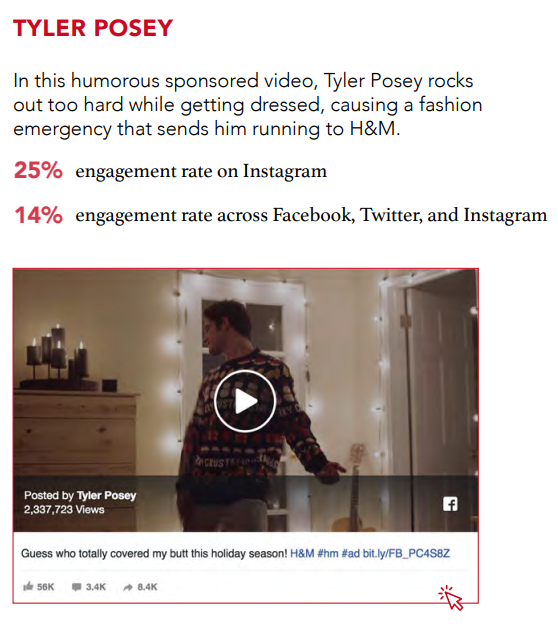
Case Study 2: HelloFresh’s Collaboration with Foodie Nano Influencers
HelloFresh, a meal kit delivery service, partnered with nano influencers in the food and cooking niche to promote its products.
The brand identified food bloggers, home cooks, and culinary enthusiasts with smaller but highly engaged followings on platforms like Instagram, TikTok, and YouTube. HelloFresh provided these nano influencers complimentary meal kits and encouraged them to share their cooking experiences, recipes, and meal creations with their audience.
By authentically showcasing HelloFresh’s meal kits in a relatable way, the nano influencers effectively demonstrated the brand’s offerings’ convenience, quality, and variety. This approach increased brand visibility, enhanced credibility within the food-loving community, and drove customer acquisition and retention for HelloFresh.
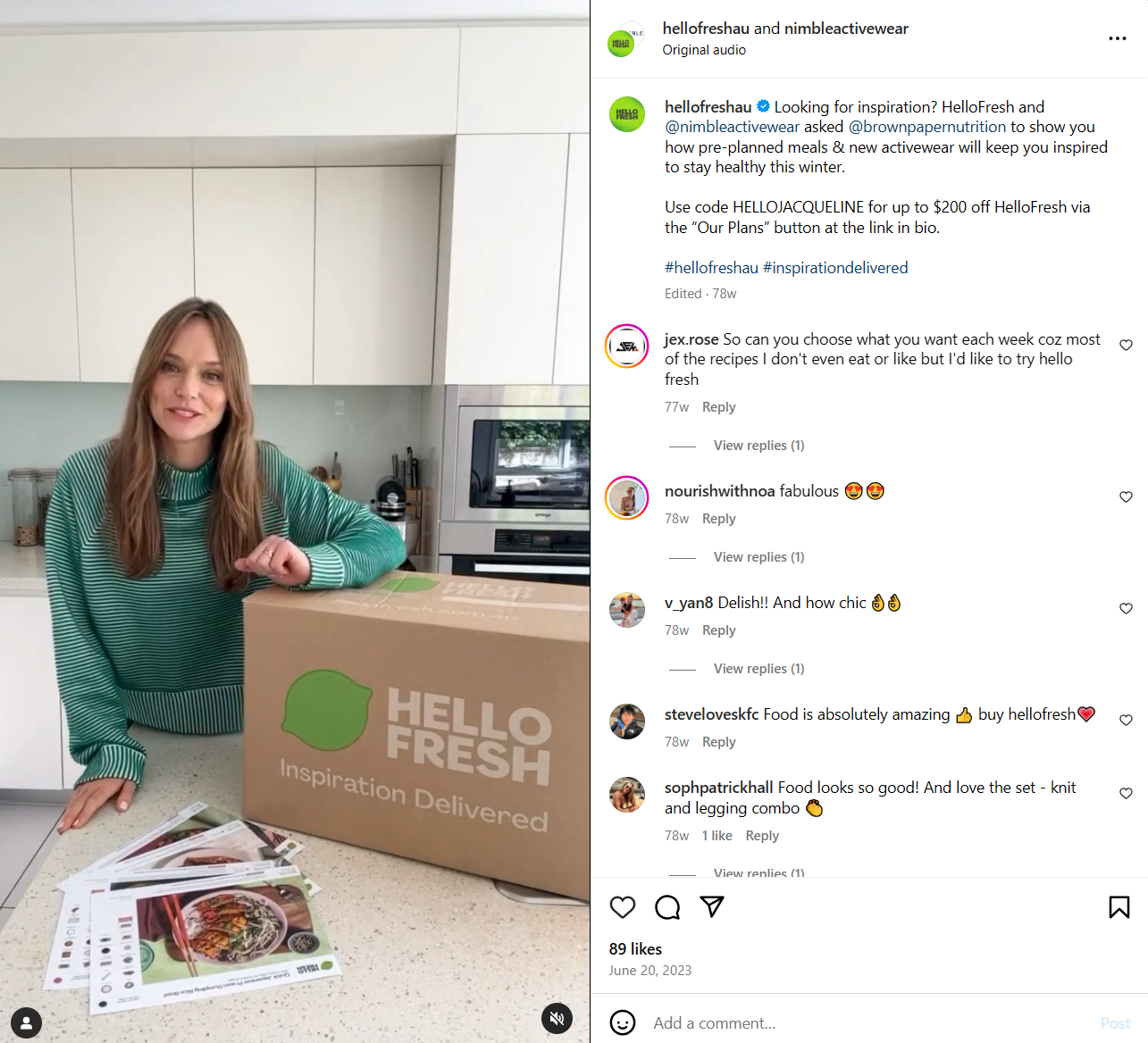
5. Finding Common Ground
Despite the inherent differences in scale, resources, and reach, big brands and SMEs (small and medium enterprises) can find significant opportunities for mutual learning and growth. Both can draw valuable lessons from one another’s strengths, ultimately enhancing their marketing strategies, customer engagement, and overall brand success.
SMEs can leverage the storytelling techniques of big brands to increase brand visibility and create deeper emotional connections with their audience. Big brands, in turn, can learn to connect more authentically with niche audiences and build trust through cost-effective collaborations with nano influencers or by implementing creative digital marketing tactics. This blending of big-brand sophistication with SME agility can result in a more engaged and loyal customer base for both.
Conclusion
Ultimately, the key takeaway is that regardless of size, both big brands and SMEs have unique strengths that can complement each other. Big brands can lead with their resources and global reach, while SMEs can lead with their authenticity and agility. By learning from one another, both can create stronger, more sustainable relationships with their customers, paving the way for long-term success.
Whether you’re a multinational corporation or an up-and-coming SME, Kolr’s AI-driven platform simplifies influencer discovery and campaign management. Identify influencers, track performance, and optimize ROI—all in one place.
Discover how Kolr can revolutionize your campaigns, whether you’re scaling up or down. Schedule a demo now to explore the possibilities!
